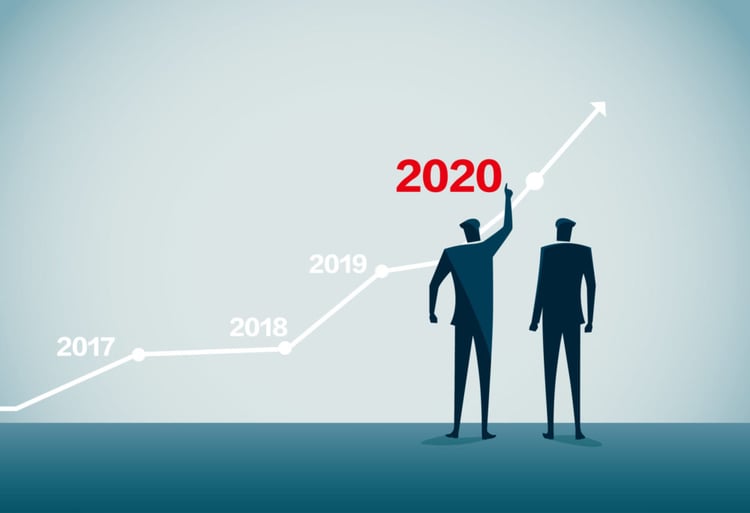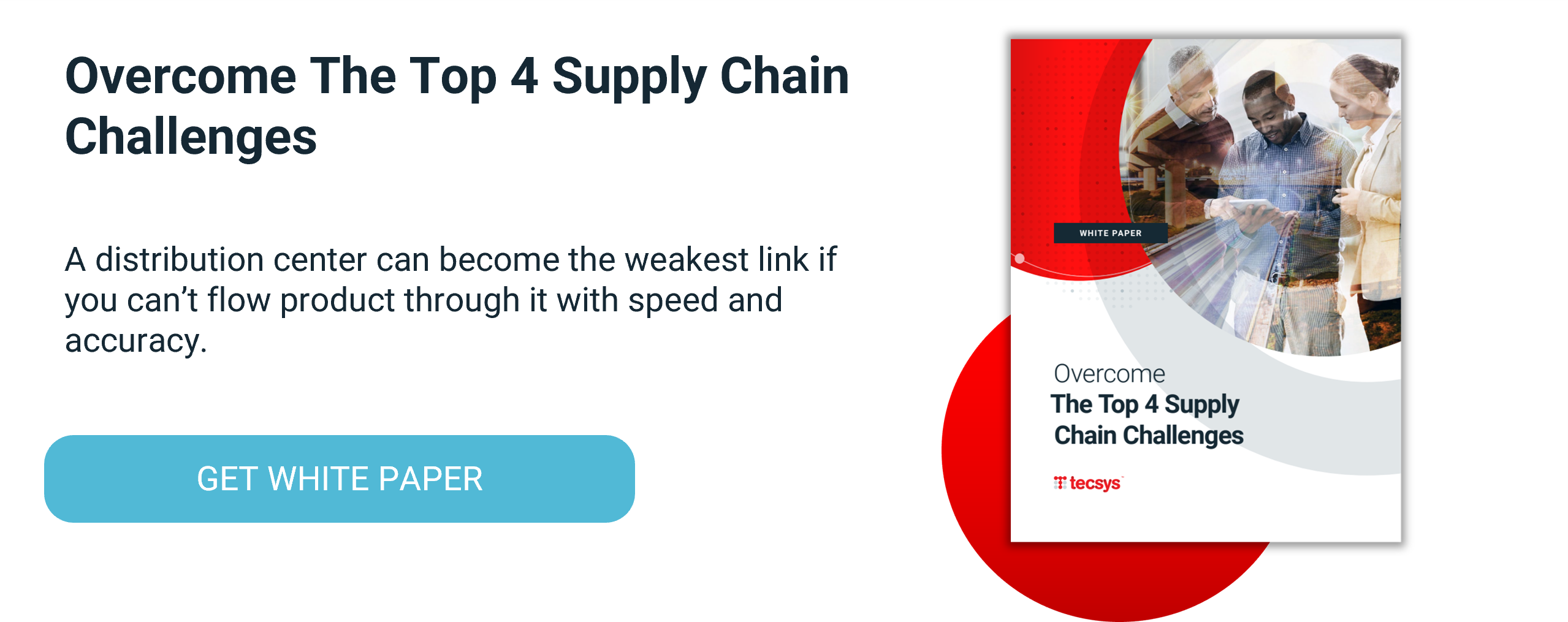Predictability Is the Key to Supply Chain Sustainability (Part 1 of 2)

Please enjoy this republication of a Supply & Demand Chain Executive article.
Supply chain predictability remains a holy grail of sorts to manufacturing operations — it is something many organizations aspire to, but few actually achieve. Companies that aim to make this dream a reality understand the stakes: As rising consumer expectations and omnichannel distribution networks continue to align with one another, supply chain predictability becomes increasingly more important.
Software can help foster that union. Solutions that support supply chain activities act as an organization’s central nervous system, allowing it to respond to peaks in demand, shifting market conditions, or strategy pivots that minimize disruptions and downtime. Fewer interruptions yield more predictable operations, allowing organizations to focus on core business capabilities.
Historically, companies that wanted more control over their supply chains would invest in both hardware and software, running projects to determine how effective each option was. The solution would remain in place until new innovations or upgrades emerged, and then the cycle would repeat. This traditional approach demanded significant capital expenditure, but it was feasible because of the slower rate of change.
Today, changes occur at a rapid pace that renders the status quo obsolete. To stay competitive, businesses must rely on a more agile system.
Learning from the Past
A number of solutions are gaining momentum in the supply chain space because they solve problems that plagued older systems. Software as a service, for example, is ideal for predictability because its costs are fixed and its cloud capabilities basically eliminate the possibility of downtime. The automated technical upgrades of SaaS offer dependable security that allows solutions to rapidly scale to meet a sudden increased need.
While SaaS is perhaps the best option available, it isn’t a perfect alternative. Organizations still need teams to support the solution internally and help users extract the most value from it. In addition, companies should account for time, upgrade costs, and new features because that rarely are included in the cost of software. Drawbacks aside, SaaS solutions provide sufficient predictability to a supply chain that creates marked improvements over time.
Predictability can be a self-regulating engine that adjusts for the future based on past results. Consider the utilities industry, where bills might be spread evenly throughout the year. The amount of each bill could change slightly based on the information gathered from the previous payment period, but those adjustments will shrink as the utility company gets a better idea of a family’s energy consumption. That consumption will remain relatively consistent, but any surprises are easier to handle because they are spread over a longer period of time.
Therein lies the most valuable aspect of predictability. Companies can compile and process historical data to create greater efficiency over time. As supply chains generate mountains of data and systems deepen their artificial intelligence overlays, the algorithms that guide predictability will crystallize — and big data will yield even bigger benefits.
The Forecasting Formula
Predictability is a somewhat vague concept that depends on three different factors. More time allows for more predictability because it gives companies more context. If you only plan weeks in advance, for example, seasonal changes are virtually invisible. It’s only when you put those weeks in the context of the rest of the year that trends emerge.
Increases in size also add predictability to supply chains. The demand for an item in one of your stores might fluctuate wildly, but clear trends emerge when you examine that same demand for 100 stores. The bigger the scope, the easier it is to account for unexpected surprises. In the same vein, the Dow Jones index might fluctuate over the course of the year, but remain quite consistent over an extended period of time.
The known future is the final factor in determining predictability. Retailers should never be surprised by Black Monday, and e-commerce operations should always plan ahead for Cyber Monday. These events are going to happen every year, so it helps to look behind when planning ahead. Past outcomes do not guarantee the future, but data-centric supply chains have come a long way over the past few decades. By leveraging these data points, you can come away with more informed decisions and greater predictability.
Stay tuned for Part 2 of this blog post where I’ll share three steps to improve predictability in your own supply chain.
